Description
The Large Ficus Lyrata, also known as the fiddle-leaf fig, is a truly iconic houseplant that has captured the hearts of plant enthusiasts and interior designers alike. This magnificent tropical plant, native to the rain forests of West Africa, has become one of the most popular indoor plants in the world due to its striking appearance and relatively easy care. If you’re looking for a plant that makes a statement, purifies the air, and brings a touch of nature into your home, the Ficus Lyrata is an excellent choice. In this comprehensive guide, we will explore everything you need to know about caring for, growing, and styling a large Ficus Lyrata in your home.
Why Choose a Large Ficus Lyrata?
The Large Ficus Lyrata is more than just a plant; it’s a design feature. Its over sized, glossy, violin-shaped leaves and tall, sculptural form can transform any space. Whether you’re looking to create a dramatic focal point in your living room, add greenery to your office, or bring a tropical vibe to your home, the Ficus Lyrata is a perfect choice. This plant is versatile, fitting well in both modern and traditional decor, and its impressive height can reach up to 10 feet when grown indoors under the right conditions.
Not only is the Large Ficus Lyrata visually stunning, but it also has several health benefits. Like many indoor plants, it helps to purify the air by absorbing pollutants and releasing oxygen. This improves indoor air quality, making it a healthier and more pleasant environment for you and your family.
How to Care for a Large Ficus Lyrata
Caring for a Ficus Lyrata is relatively straightforward, but it does require some attention to detail to thrive. Here’s everything you need to know to ensure your large fiddle-leaf fig remains healthy and vibrant:
1. Light Requirements
One of the key factors for a thriving Ficus Lyrata is providing the right amount of light. This plant loves bright, indirect sunlight, but it can also tolerate some direct morning sun. Placing your Ficus near a large, bright window where it can receive plenty of natural light is ideal. However, avoid exposing the plant to intense afternoon sun, as this can scorch its delicate leaves.
If your home doesn’t have sufficient natural light, you may need to supplement with a grow light. In low light conditions, the plant may become leggy, lose leaves, or grow more slowly. On the other hand, too much direct sunlight can cause brown spots on the leaves. Finding the right balance is key to keeping your plant looking its best.
2. Watering Your Ficus Lyrata
Watering is another crucial aspect of Ficus Lyrata care. Over watering is one of the most common mistakes people make with this plant, leading to root rot and yellowing leaves. The best practice is to water your fiddle-leaf fig when the top inch of soil feels dry to the touch. You can check this by sticking your finger into the soil – if it feels dry, it’s time to water.
When watering, ensure that the water drains through the pot’s drainage holes, and empty any excess water from the saucer to prevent root rot. During the growing season (spring and summer), you may need to water your Ficus more frequently, while in the cooler months, the plant requires less water.
3. Humidity and Temperature
As a tropical plant, the Ficus Lyrata thrives in humid environments. While average household humidity is usually sufficient, increasing the humidity can promote healthier, larger leaves. You can boost humidity by misting the plant’s leaves, placing a tray of water nearby, or using a humidifier, especially during the dry winter months.
Temperature is also important for the large Ficus Lyrata. It prefers warm environments and does best in temperatures ranging between 60-75°F (15-24°C). Avoid placing your plant near cold drafts, air conditioning vents, or heaters, as sudden temperature changes can stress the plant and cause leaf drop.
4. Soil and Fertilization
The type of soil you use for your large Ficus Lyrata is vital for its overall health. Choose a well-draining potting mix that retains moisture without becoming waterlogged. A mix designed for houseplants or a combination of potting soil, perlite, and peat moss works well.
During the growing season, fertilize your Ficus Lyrata every 4-6 weeks with a balanced, water-soluble fertilizer. This will provide the nutrients the plant needs to grow new leaves and stay healthy. Be careful not to over-fertilize, as this can lead to salt buildup in the soil and damage the roots.
5. Pruning and Repotting
As your Ficus Lyrata grows, you may need to prune it to maintain its shape and size. Pruning is also beneficial for removing any damaged or diseased leaves. Use clean, sharp scissors or pruning shears to cut back any overgrown stems or leaves.
Fiddle-leaf figs are fast growers and may outgrow their pots every 1-2 years. Repotting your large Ficus Lyrata into a slightly bigger pot with fresh soil allows the plant to continue growing and prevents it from becoming root-bound.
Common Issues with Large Ficus Lyrata
Even with the best care, you may encounter some issues with your Ficus Lyrata. Here are a few common problems and how to address them:
- Brown spots on leaves: This is often a sign of over watering or inconsistent watering. Ensure the soil is allowed to dry out between watering, and check that your pot has good drainage.
- Yellowing leaves: Yellowing leaves can indicate several issues, including over watering, under watering, or inadequate lighting. Evaluate your care routine and adjust accordingly.
- Leaf drop: Sudden leaf drop is usually caused by environmental stress, such as changes in temperature, lighting, or humidity. Try to keep your Ficus in a stable environment with consistent care.
- Pest infestations: Like most houseplants, Ficus Lyrata can be susceptible to pests like spider mites, mealybugs, and scale. Regularly inspect your plant and, if necessary, treat infestations with insecticidal soap or neem oil.
Styling a Large Ficus Lyrata in Your Home
One of the reasons the large Ficus Lyrata is so beloved is its ability to elevate any room. Its bold, architectural shape makes it a natural focal point in any space. Here are a few ways to style this stunning plant:
- Living room centerpiece: Place your large Ficus Lyrata in a bright corner of your living room to create a dramatic focal point. The height of the plant draws the eye upwards, making the room feel larger and more open.
- Office greenery: Adding a large Ficus Lyrata to your home office can improve air quality and create a calming, productive atmosphere. The plant’s vibrant green leaves contrast beautifully with neutral tones and modern office furniture.
- Minimalist aesthetic: The Ficus Lyrata’s clean lines and glossy leaves make it an ideal addition to minimalist decor. Pair it with simple, elegant planters for a sleek and sophisticated look.
Conclusion
The Large Ficus Lyrata is a remarkable plant that can bring life, style, and a touch of the tropics into your home. With proper care, this stunning houseplant can grow to impressive heights and thrive for many years. By following the right light, watering, humidity, and care practices, your Ficus Lyrata will reward you with beautiful, glossy leaves and a striking presence in your home.
Whether you’re an experienced plant enthusiast or a beginner, the Large Ficus Lyrata is a rewarding and iconic addition to any indoor plant collection.
![]()

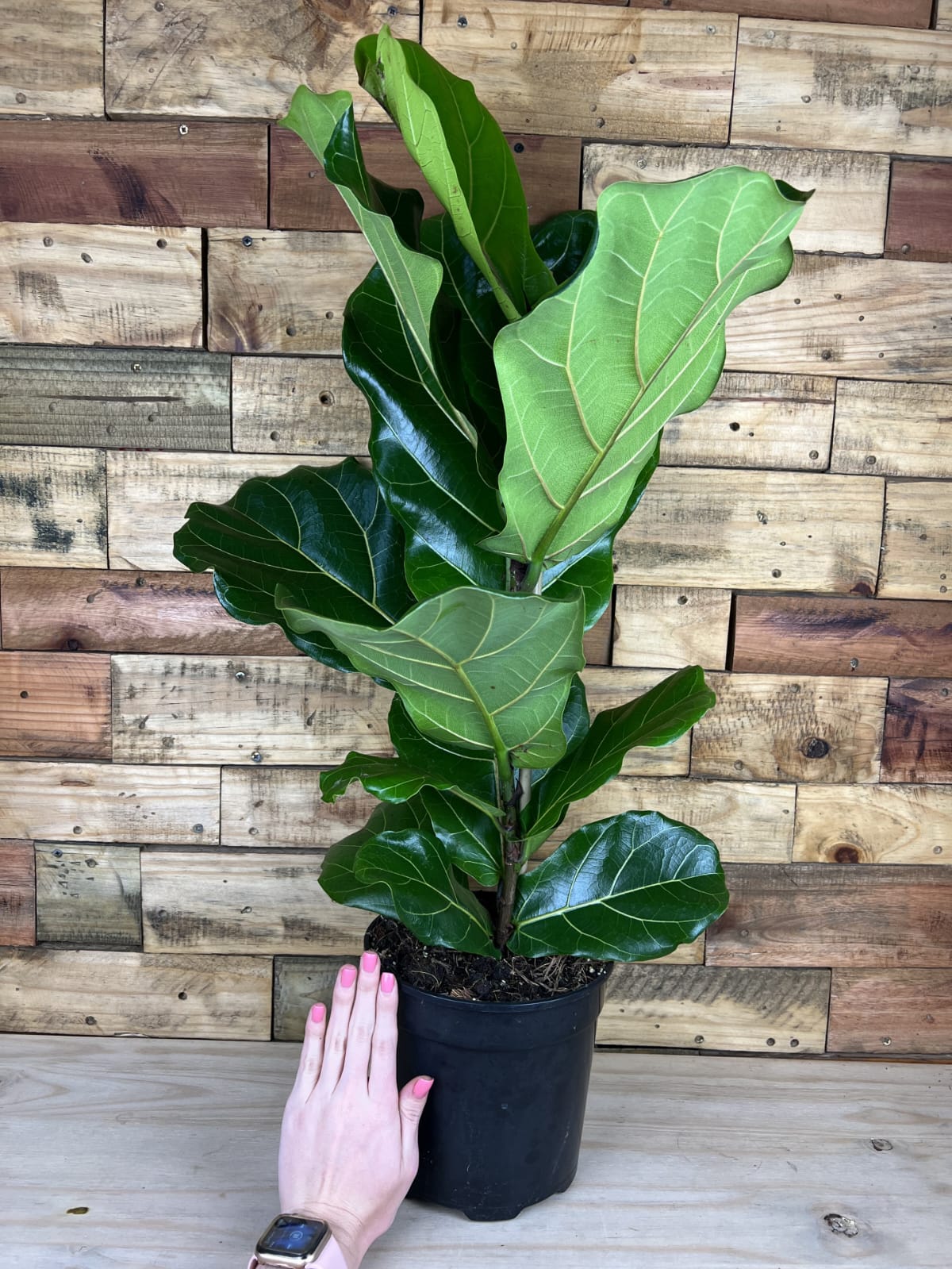
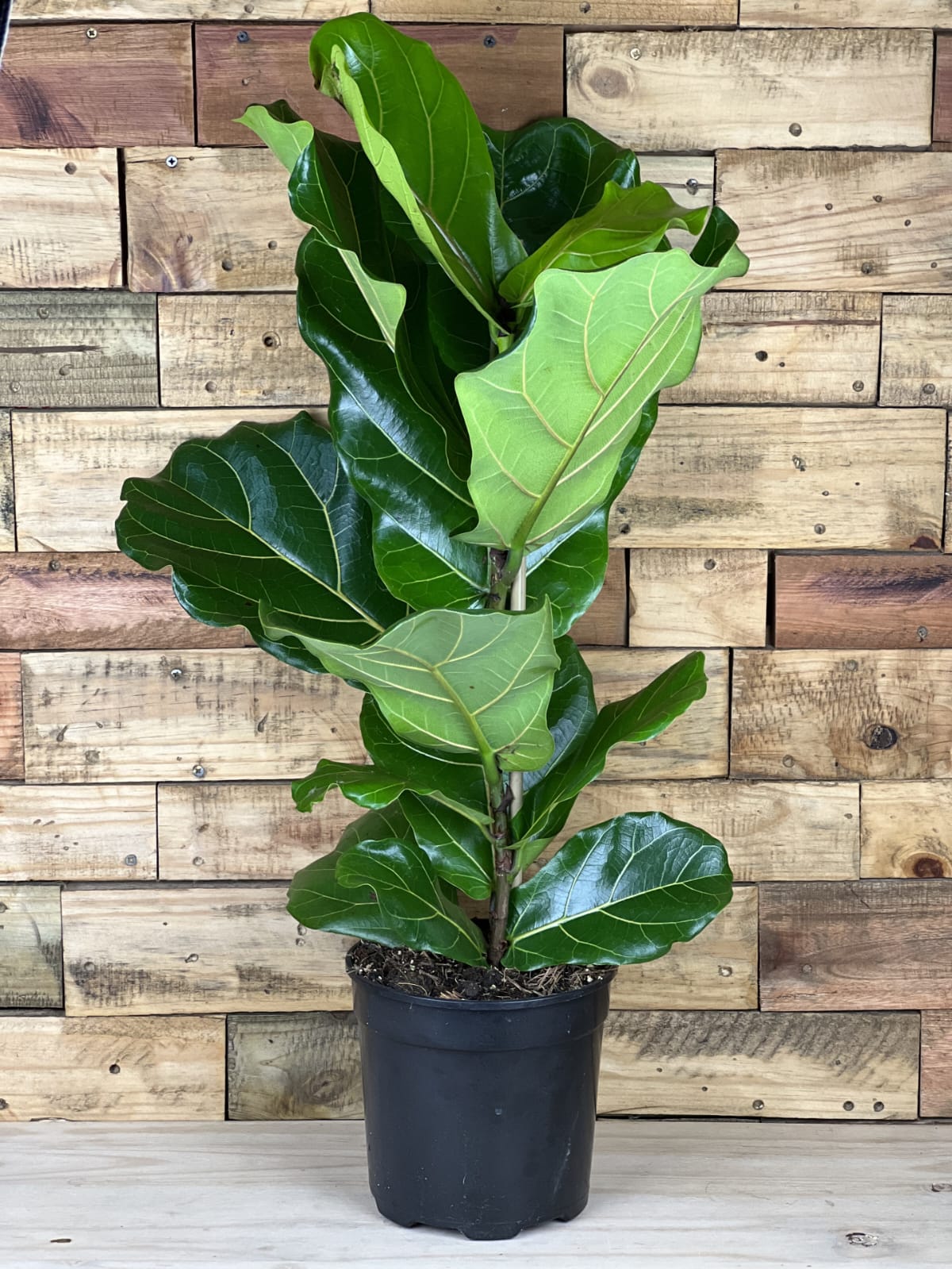
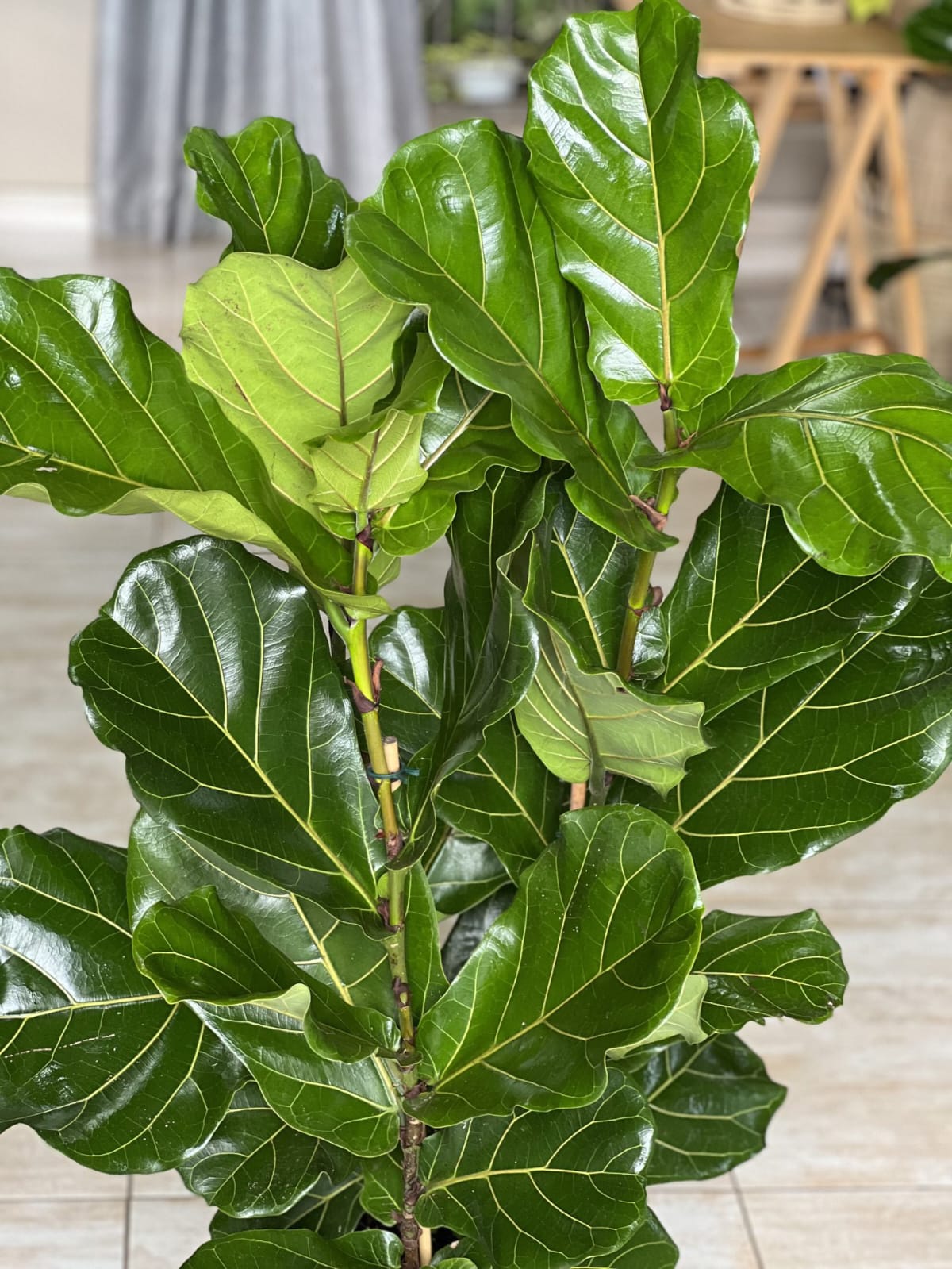
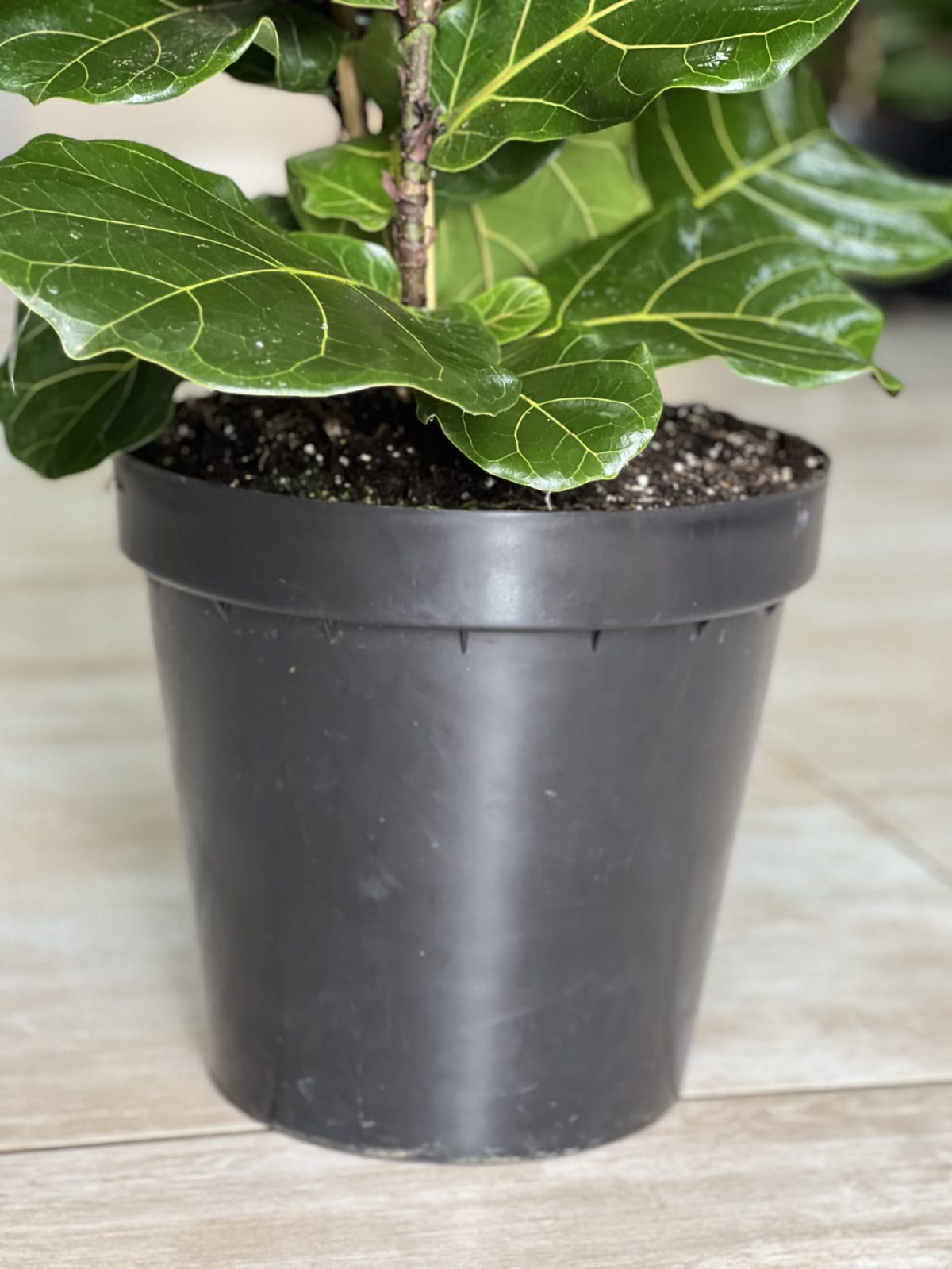
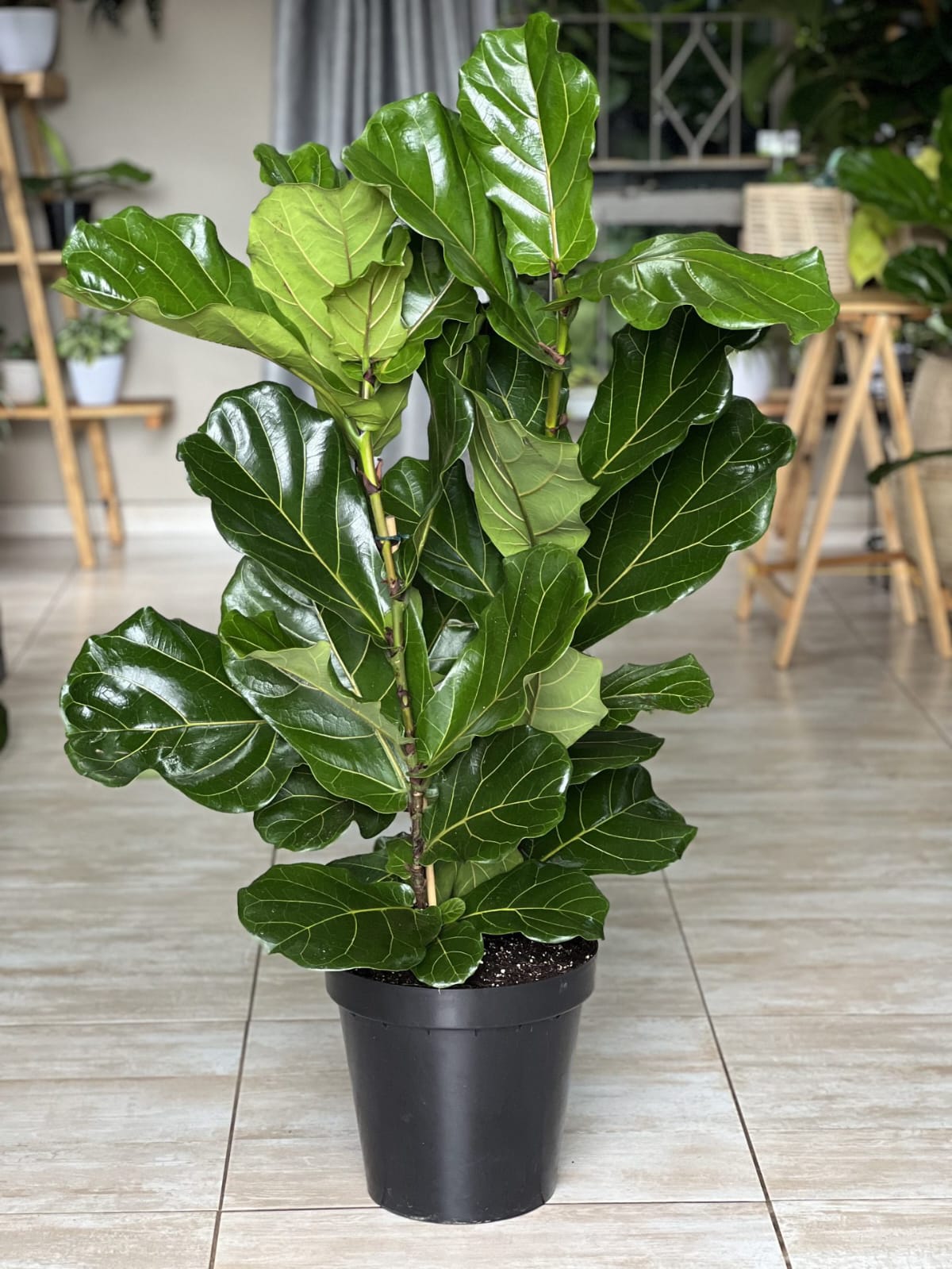
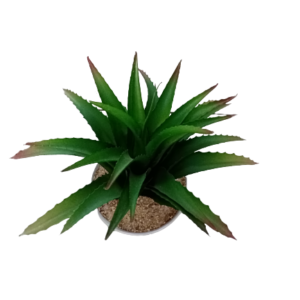
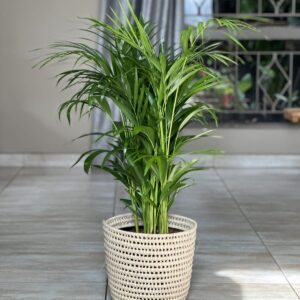

Florence –
These flowers are exceptional, and this website stands out as the best place to purchase a Large Ficus Lyrata. Also known as the fiddle-leaf fig, the Ficus Lyrata is not just a plant—it’s a statement piece that elevates any interior space with its lush, broad leaves and striking appearance. Perfect for homes, offices, or any indoor setting, it combines elegance with the ability to improve air quality.
What makes this website the ideal destination for purchasing the Ficus Lyrata? First, the quality of the plants is unmatched. Each plant is carefully grown, ensuring you receive a healthy and vibrant specimen. The website also provides detailed care instructions, making it easy for even first-time plant owners to maintain their new greenery.
In addition to the exceptional quality of their plants, this platform offers outstanding customer service. Whether you have questions about plant care or need assistance with your purchase, the support team is always ready to help. The convenient delivery options also ensure that your plant arrives safely at your doorstep, ready to thrive in its new environment.
When it comes to buying a Ficus Lyrata, this website guarantees not just a product, but a premium shopping experience. Invest in this stunning plant today and transform your space with its natural beauty!